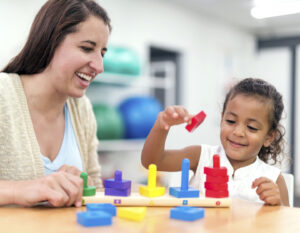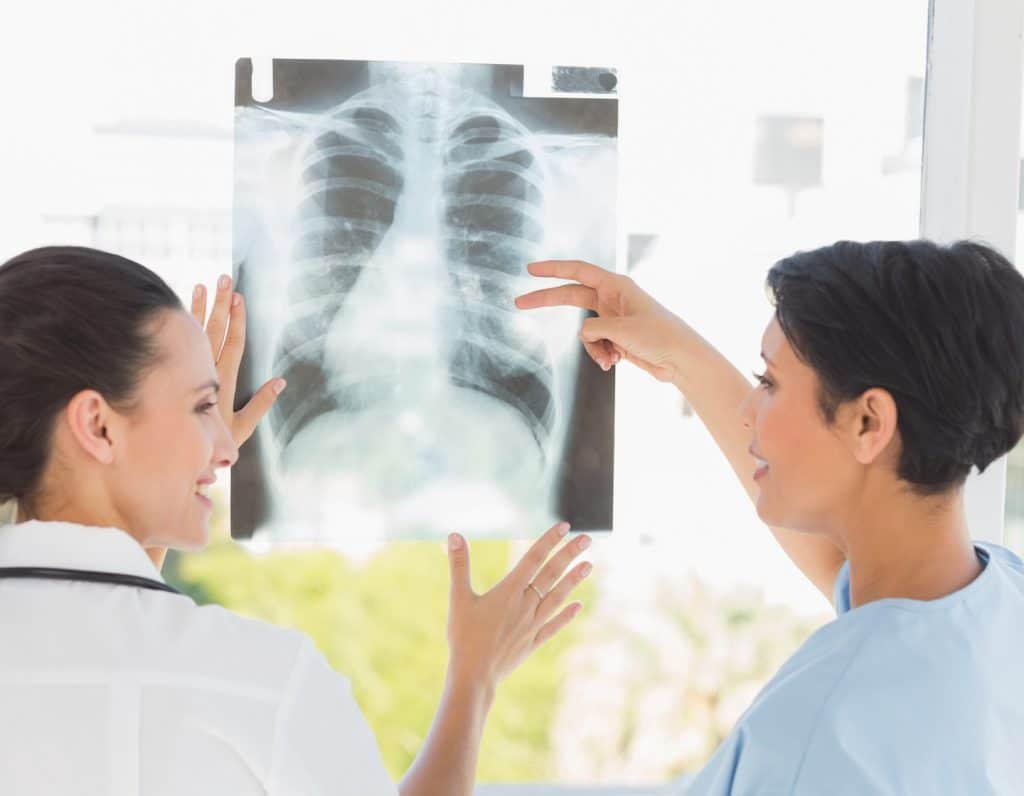

How a routine dog walk lead to the emergency room
I worked out almost my entire life. As a teenager, I was a cross-country runner. In college, sure, I surfed television channels on my sofa more than I exercised, but after college, I did aerobics (step, dance, hip hop, you name it), yoga, Pilates, tennis and more. In my 30s, I worked out at least five times a week, even throughout my first pregnancy. I also ate healthy and usually maintained a (somewhat) healthy weight.
So, imagine my surprise when, at 51, I discovered I had severe osteoporosis.
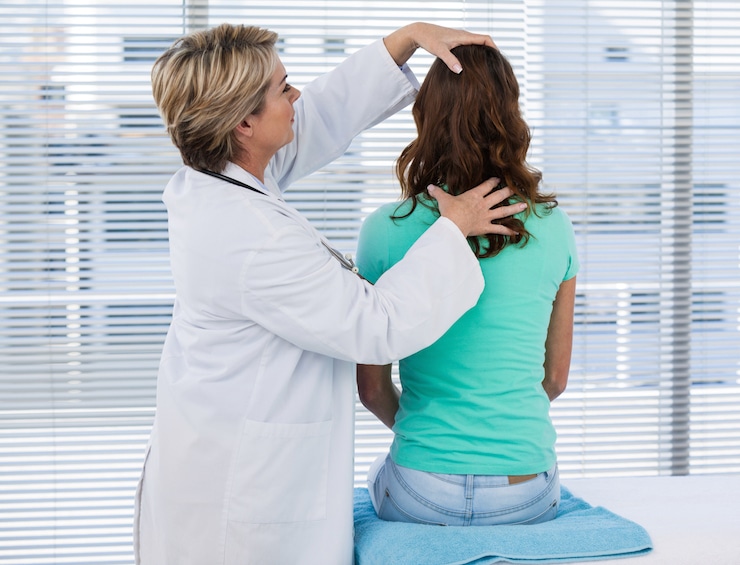

You know how they say there are no accidents? Well, I have proof that everything really does happen for a reason. In October, while walking my dogs, I fell and broke my collarbone and four ribs. My husband, recognising the fall wasn’t bad enough to do that much damage, asked my orthopaedic surgeon if I should have a bone density scan. He agreed, and the result was horrifying.
Looking at the chart of green, yellow and red, I saw my results – for my spine, my DEXA scan (a special type of X-ray that measures bone mineral density, or, BMD; DEXA stands for “dual energy X-ray absorptiometry“) and T-score were in the red. The T-score is where your bone density matches up on the DEXA scan. A normal T-score, for instance, is −1.0 or higher. You have osteopenia (lower than normal peak density) if your score falls between −1.0 and −2.5. Osteoporosis (fragile bones with an increased susceptibility to fractures) ranges −2.5 or lower, meaning a bone density that is two and a half standard deviations below the mean of a 30-year-old man or woman. My score was -2.6 for my spine, and -2.0 for my hip. This means I have the hips of a 75-year-old woman, and the spine of an 85-year-old woman.
In other words, my hips actually do lie. I needed to do something about my bone density. And quickly.
I’m lucky, because my brother, Dr. Jim Youssef, is a renowned spine surgeon in the United States. I’m not so lucky because he’s also a worrier when it comes to family members’ health, so when he said, “These are very abnormal for your age. You need to get evaluated and start treatment immediately. Avoid any carbonated beverages,” I kind of freaked out.
Wait, carbonated beverages? The theory is carbonated beverages leech calcium from your bones, which affects bone density. So much for my beloved tequila and soda with lime (just when I need it the most!).
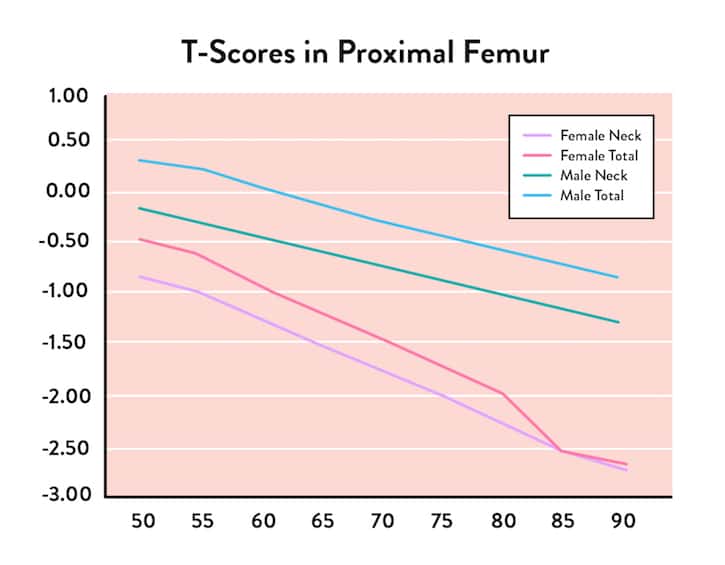

Apparently, there are many reasons for bone loss. My brother suggested I see an endocrinologist to rule out any other possible reasons, such as diabetes, thyroid dysfunction or other issues. I saw Dr. Clive Cockram, a specialist here in Hong Kong, who put my mind at ease rather quickly.
“Generally, this type of bone loss is genetic,” he said. (My mother has osteoporosis, so naturally, I blame her.) “You’re the third woman your age I’ve seen this month with this score.”
Nonetheless, he agreed with my brother about having a series of tests done, and ordered the nurse to take about 5 litres of blood from me so they could send it to the lab. After waiting two weeks, I discovered my Vitamin D level was extremely low, which needed to be addressed. Thankfully, that was the only problem. Except, of course, for my hole-ridden bones. (Most Hong Kongers also have low Vitamin D levels because of the limited amount of sun here.)
The course of action is still to come because I couldn’t make a follow-up appointment for a few weeks. Until my next appointment with Dr. Cockram, I’m taking 1200 IU of calcium daily, 5000 IU of Vitamin D, and a drug called Evista, which helps prevent and treat bone loss.
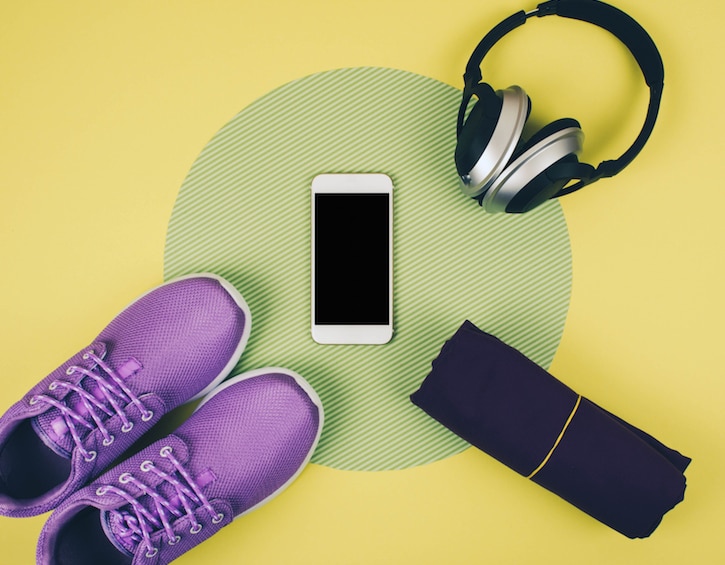

I also need to do weight bearing and balance exercises, such as lifting weights, running, jumping and even yoga. Which isn’t so easy two months after collarbone surgery.
According to my brother, the treatment to fix this problem is five years, with a one year hiatus (because it’s not healthy to be on the medication consistently for a five-year period). Bone density scans don’t show small improvements, so I won’t get another one for at least a year.
So, what could I have done to prevent this? Good question. My mother was in her late 60s when she was diagnosed, so, even though it’s hereditary, I didn’t think I had anything to worry about. But in hindsight, I should have at least checked my Vitamin D and calcium levels, and, especially after having my second child, paid attention to what effects pregnancy had on bone loss. In the last trimester, the foetus needs a lot of calcium to develop, and if you aren’t taking in enough, the baby will take what it needs from your bones (looks like I have something else to hold over my kids’ heads). And if I only knew that breaking bones was a bigger indication of a problem (I broke my foot a few years ago by simply tripping over a box), I may have spoken to my doctor about my bone health earlier as well.
I’m not trying to scare anyone into rushing to the doctor. I wouldn’t even suggest running to get a bone density scan. In fact, most doctors suggest only women over 65 and younger women who have a “higher than normal” chance of breaking their bones get a density scan.
I would, however, to be an advocate for your health. Pay attention to what is going on with your body, and if something seems off, do some research and talk to your doctor about it.
For now, stay tuned to hear more about what Dr. Cockram suggests, and my road to recovery. Because, as a sassy mama, I got this…
Read more: Part Two: I’m Too Young For This: Recovering My Bone Health
 View All
View All











 View All
View All





 View All
View All


 View All
View All
